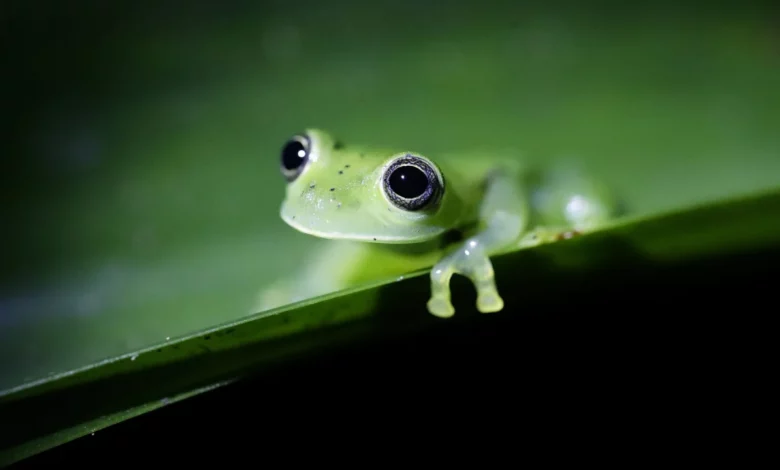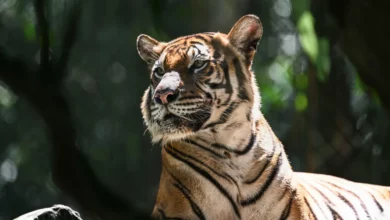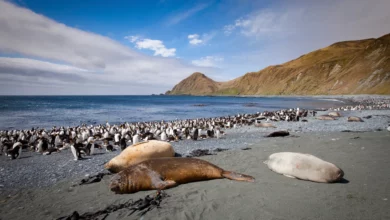
The global loss of wildlife is “significantly more alarming” than previously thought, according to a new study that found almost half the planet’s species are experiencing rapid population declines.
Humans have already wiped out huge numbers of species and pushed many more to the brink – with some scientists saying we are entering a “sixth mass extinction” event, this time driven by humans.
The main factor is the destruction of wild landscapes to make way for farms, towns, cities and roads, but climate change is also an important driver of species decline and is predicted to have an increasingly worse impact as the world warms.
The study’s authors analyzed more than 70,000 species across the globe – spanning mammals, birds, reptiles, amphibians, fish and insects – to determine whether their populations have been growing, shrinking or remaining steady over time.
They found 48% of these species are declining in population size, with fewer than 3% seeing increases, according to the study published Monday in the journal Biological Reviews.
Co-author Daniel Pincheira-Donoso, from the School of Biological Sciences at Queen’s University Belfast, said their findings are a “drastic alert.”
“Other studies, based on considerably smaller numbers of species, have shown that the ongoing ‘extinction crisis’ is more severe than generally appreciated,” he told CNN. “Our findings provide a stark confirmation on a global scale.”
The study provides a “clearer picture” about the extent of the global erosion of biodiversity, he added.
For decades, the extinction crisis has been defined by “conservation categories” – labels that the International Union for Conservation of Nature, a United Nations committee, assigns to each species they assess at a given moment in time, Pincheira-Donoso said.
Based on that method, the IUCN’s Red List of Threatened Species classifies about 28% of species as under threat of extinction.
“What our study shows is not whether species are currently classed as threatened or not, but instead, whether their population sizes are becoming rapidly and progressively smaller or not,” Pincheira-Donoso said. Downward trends in population over time are a precursor to extinctions.
According to this assessment, 33% of the species currently classed as “non-threatened” on the IUCN Red List are in fact declining towards extinction.
Mammals, birds and insects are all seeing species declines, but amphibians have been particularly badly affected overall, the report found, and are facing a multitude of threats, including disease and climate change.
It was better news for fish and reptiles, with more species appearing to have stable, rather than declining, populations.
Geographically, declines tend to be concentrated in the tropics, the report found. One reason for that is that “animals in the tropics are more sensitive to rapid changes in their environmental temperatures,” Pincheira-Donoso said.
Brendan Godley, a professor of conservation science at the University of Exeter who was not involved in the study, said the research offers novel insights into population trends.
“This is an extremely impactful study, spanning the globe and all vertebrate groups and insects,” Godley told CNN.
“By painstakingly combining population trajectories, rather than more limited Red List Assessments, it underlines how much pressure wildlife is under from human influence, and how this is global and across the animal groups,” he said.
There are positive stories of animals being brought back from the brink of extinction, he said, including great whales and sea turtles.
But, Godley added, “we should all be very alarmed about these results.”
“Without thriving populations, species, habitats and ecosystems, we cannot persist,” he said.




